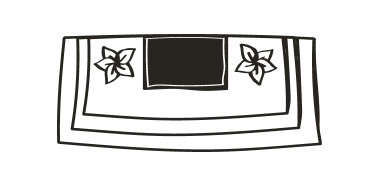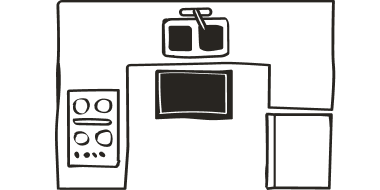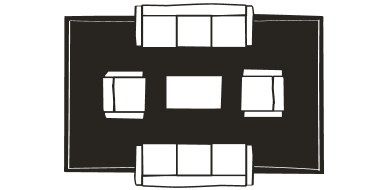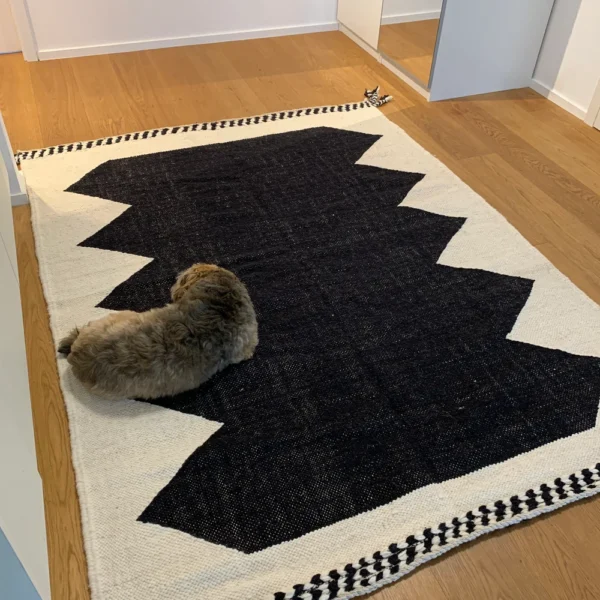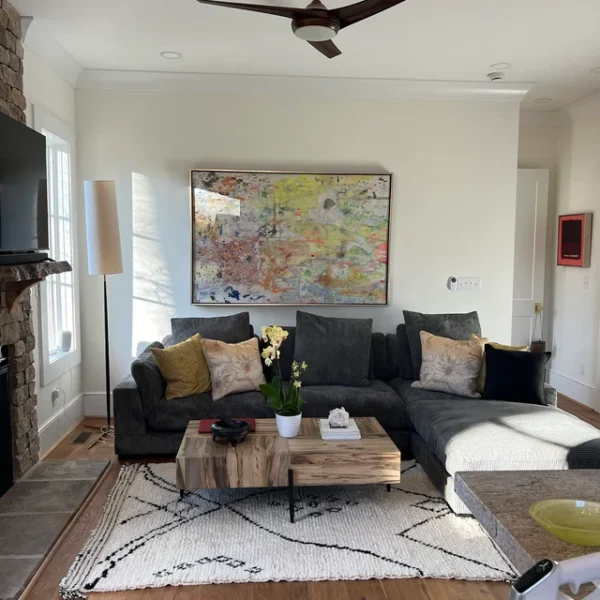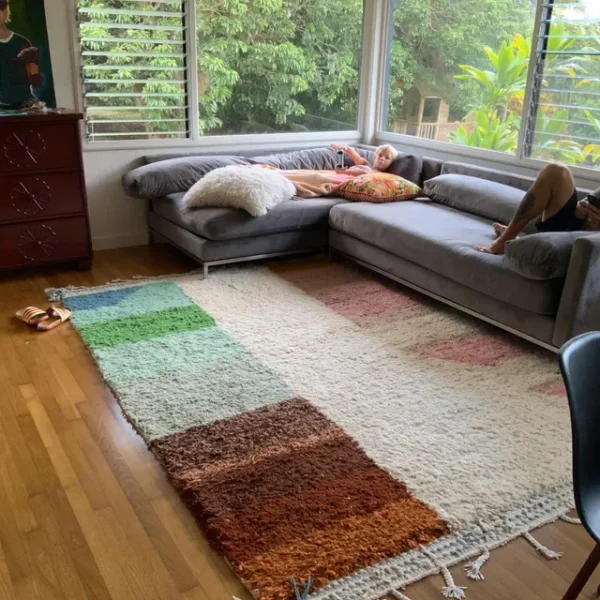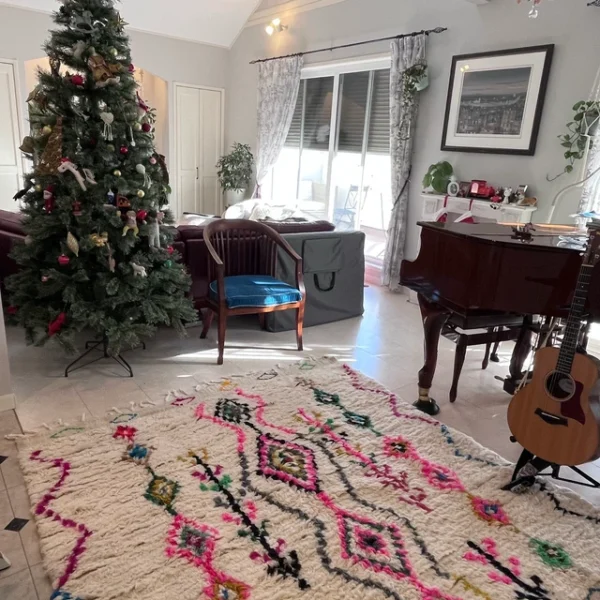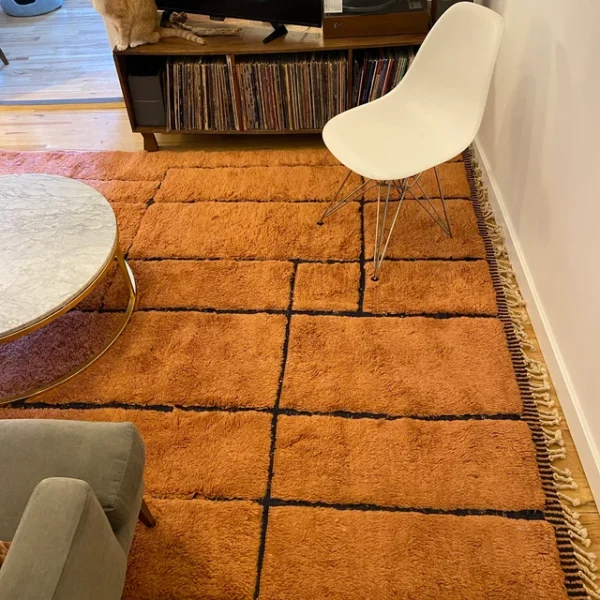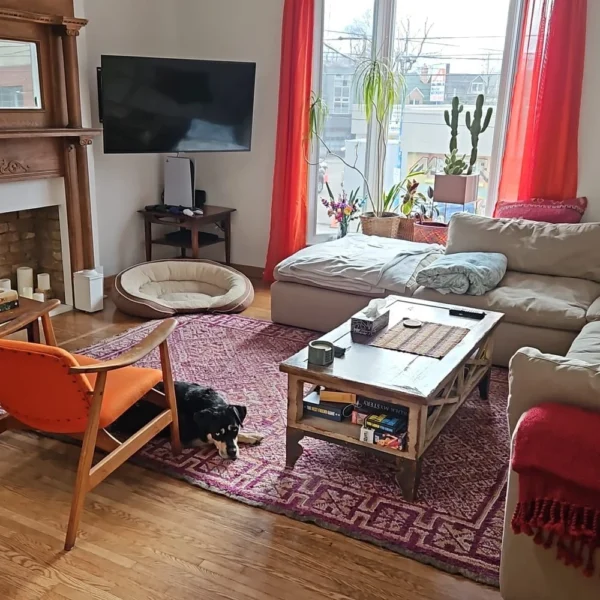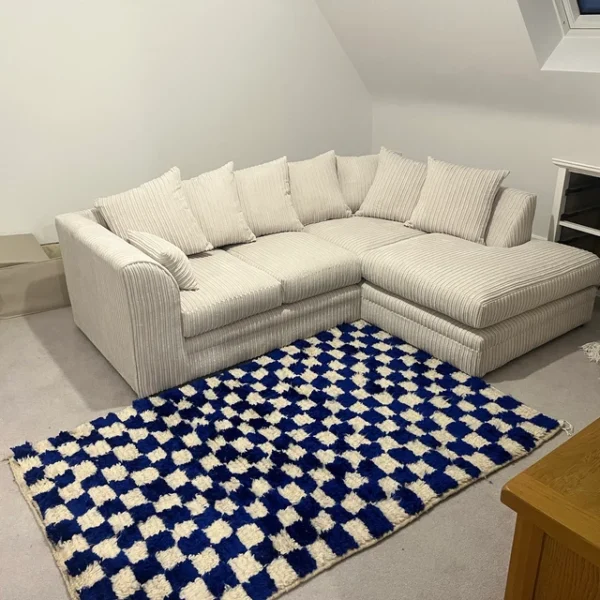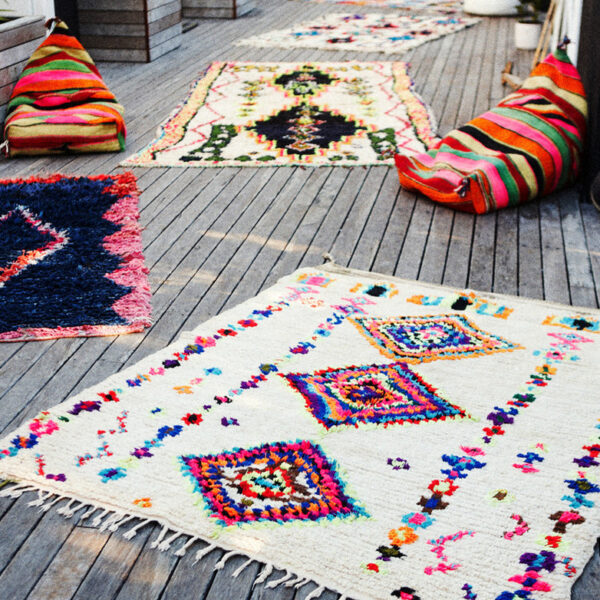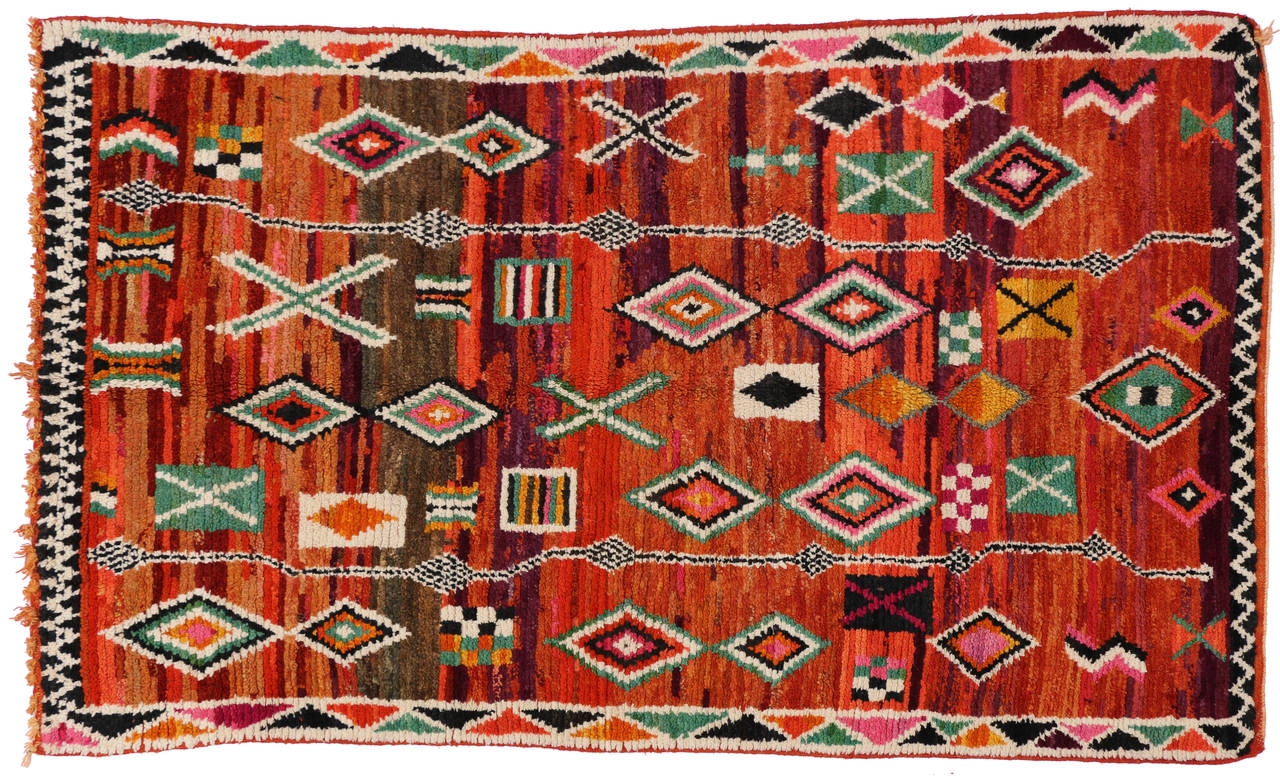Decoding Moroccan Rug Patterns: A Dive into Cultural Heritage and Symbolism
For those enchanted by the Moroccan decor, it’s evident that every woven thread in a Moroccan rug carries with it a tale. Beyond their undeniable beauty and craftsmanship, these rugs also offer a deep dive into Moroccan culture, traditions, and symbolism. Here’s a look into some of the most iconic patterns and what they signify.
1. The Diamond (Lozenge) Pattern:
One of the most recognized motifs, the diamond or lozenge shape, is prevalent in many Berber rugs. Historically, this symbol represents femininity and fertility, often reflecting the weaver’s desires for a fruitful life and protection against the evil eye.
2. Zigzag Patterns:
The zigzag, often seen in Atlas Mountain rugs, is symbolic of nature’s elements like water and lightning. It speaks to the deep reverence Moroccans hold for nature and its unpredictable, powerful forces.
3. The Camel’s Footprint:
Commonly found in rugs from the Sahara Desert region, this pattern is a nod to the nomadic lifestyle of the Berber tribes. The camel, being an integral part of desert life, is celebrated through this design, symbolizing endurance and strength.
4. The Eye Motif:
The eye design, often featured in various Moroccan rug styles, is believed to ward off evil spirits. It’s a protective emblem, ensuring the household remains safe from negative energies.
5. Geometric Shapes and Symbols:
Moroccan tribal rugs often incorporate geometric patterns, including triangles, squares, and other abstract shapes. These motifs can represent familial structures, tribal hierarchies, and the spiritual world.
6. The Tree of Life:
The depiction of the tree, particularly in rugs from the Middle Atlas region, symbolizes life, growth, and a deep-rooted connection to nature. It stands as a testament to the importance of family and lineage in Moroccan culture.
In Conclusion: The rich tapestry of Moroccan rug designs offers more than just visual appeal. It’s a cultural encyclopedia, with each pattern narrating tales of history, heritage, and the values held dear by the Moroccan people. Next time you admire a Moroccan handwoven rug, remember that you’re not just looking at a decorative piece but a canvas of stories, dreams, and traditions.


